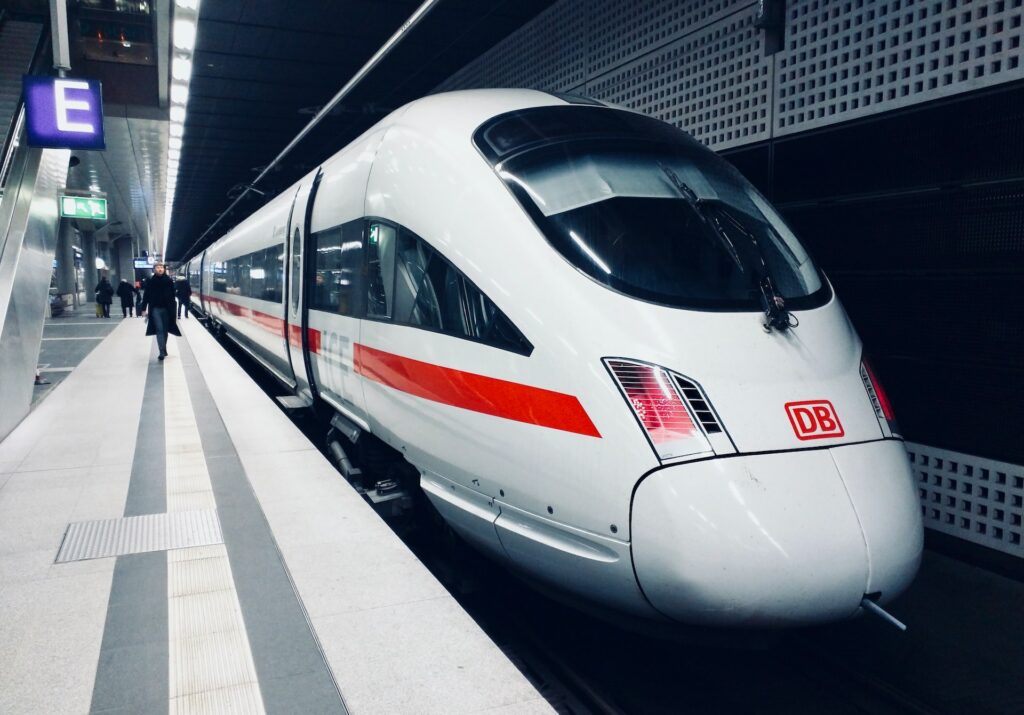
On the right (railway) track
2 September, 2022
How best to accelerate decarbonisation in the transport industry? With the world’s first 100% hydrogen powered passenger train route unveiled in Germany last week, it’s a good time to ask whether current efforts to decarbonise transport focus in the right areas.
While hydrogen is considered key to a transition to a greener future, most hydrogen-based technologies are still some way off mass adoption. Hydrogen-powered cars sound great in theory but in practice will require a massive investment in infrastructure, turning petrol stations into hydrogen stations. This will no doubt come in time: despite Elon Musk’s assertion that hydrogen technology is “mind-bogglingly stupid” there are lots of advantages to being able to refuel quickly on the go in ways that feel familiar, and it’s not as if establishing the infrastructure to support electric vehicles is going to happen easily or quickly.
Hydrogen trains may be easier to roll out more quickly than hydrogen-powered cars. Train locomotives need refuelling less often, and less infrastructure change is needed to support their use – there is no need to repurpose large numbers of petrol stations across the country, for example. While public transport use took a hit during the pandemic, more travellers than ever are considering taking trains rather than cars or planes, and with new rail routes opening across Europe there is renewed interest in investment in future-fit infrastructure.
A change in individual behaviour is necessary to accelerate the pace of change towards greener transport, but stimulating and capitalising on a change in behaviour towards public transport use, rather than asking individuals to fork out for a brand new car, may be a faster way to unlock hydrogen power and get on the right track for a greener transport network.
By Lucy Bell
 Back to all friday 5
Back to all friday 5